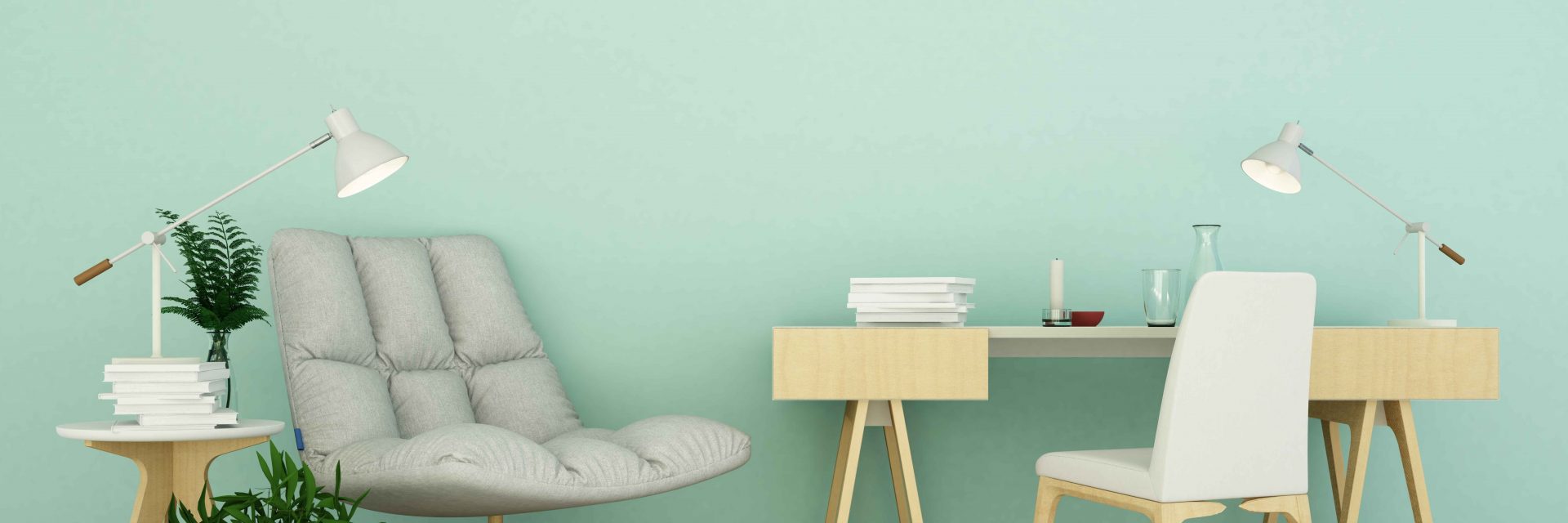When Making A Decision Between Exterior And Interior Paint, Understanding Their Vital Differences Can Change Your Project-- Discover What You Require To Know Before You Begin
When Making A Decision Between Exterior And Interior Paint, Understanding Their Vital Differences Can Change Your Project-- Discover What You Require To Know Before You Begin
Blog Article
Material Written By-Hastings Wilkerson
When you're choosing between exterior and interior paint, it's essential to comprehend their basic distinctions that influence both performance and appearances. Interior paints are crafted for lower VOC levels and smoother surfaces, making them ideal for indoor rooms, while exterior paints are designed to withstand severe climate condition and UV direct exposure. Each kind serves an unique function, however knowing when to use one over the various other can substantially influence your task's result. So, what elements should you take into consideration when making your selection?
Structure and Formula
When choosing between exterior and interior paint, understanding their composition and formula is critical. Interior paints commonly consist of a lower amount of unstable organic substances (VOCs), making them more secure for indoor air top quality. You'll discover they commonly have a smoother finish, which improves their ability to withstand discolorations and permits much easier cleaning. They're developed to hold up against the roughness of interior atmospheres, including differing moisture levels and temperature variations.
On the other hand, exterior paints are formulated to endure harsher problems. They generally consist of higher levels of pigments and additives to resist fading from UV rays, as well as to stop mildew and mold development. Their make-up consists of more binders and materials, which offer better attachment to surface areas revealed to the components. This guarantees the paint can hold up against rain, snow, and changing temperatures without peeling or fracturing.
Performance and Toughness
Assessing efficiency and sturdiness is important when picking between exterior and interior paint. Inside paint is developed for surface areas that experience less damage. It generally stands up to fading and scuffing, making it ideal for living areas and bedrooms. Nevertheless, it may not hold up well in high-moisture locations like bathroom and kitchens without correct formulation.
On the other hand, exterior paint faces harsher conditions. It's crafted to stand up to UV rays, rainfall, and temperature level variations. This type of paint often consists of ingredients that protect against mold and mold growth, ensuring long life in different climates. When you make use of external paint, you can anticipate it to last a number of years much longer than interior paint, provided it's used correctly.
An additional key difference depends on the surface alternatives. Interior paints typically have a range of finishes for visual allure, while exterior paints prioritize toughness over shine. If you're seeking something that can take care of the aspects, exterior paint is your best bet.
On the other hand, if you're concentrated on interior appearances with much less worry for extreme problems, interior paint could be appropriate. Ultimately, your choice ought to line up with the certain needs of the atmosphere.
Aesthetic Factors to consider
A fresh layer of paint can transform an area, yet visual considerations play a critical duty in your option between exterior and interior options. When paint companies minneapolis picking paint, think of the state of mind you intend to produce. Interior paint enables you to check out a larger variety of colors and surfaces, allowing you to share your individual style and enhance your home's atmosphere. Whether you opt for soft pastels or strong tones, the right interior paint can make your spaces really feel comfortable, vivid, or peaceful.
On the other hand, exterior paint requires to straighten with your home's style and the surrounding setting. Right here, you're not just making a style declaration; you're also taking into consideration aesthetic appeal. Selecting shades that integrate with your community can improve your home's value and aesthetic appeal. Keep in mind that exterior paint is additionally subject to fading and climate modifications, so picking a timeless color can save you from constant repainting.
Eventually, think about how each alternative fits your vision. By straightening commercial exterior painters with your desired aesthetic, you can produce areas that show your individuality while maintaining performance.
Verdict
When it pertains to choosing paint, understanding the essential differences between exterior and interior alternatives is important. Interior paints focus on aesthetic appeals and reduced VOCs, making them perfect for boosting your indoor spaces. On the other hand, outside paints are made for resilience and climate resistance, safeguarding your home from the elements. By considering your specific demands and the atmosphere, you can with confidence choose the best paint to achieve the appearance and durability you desire for your space.
